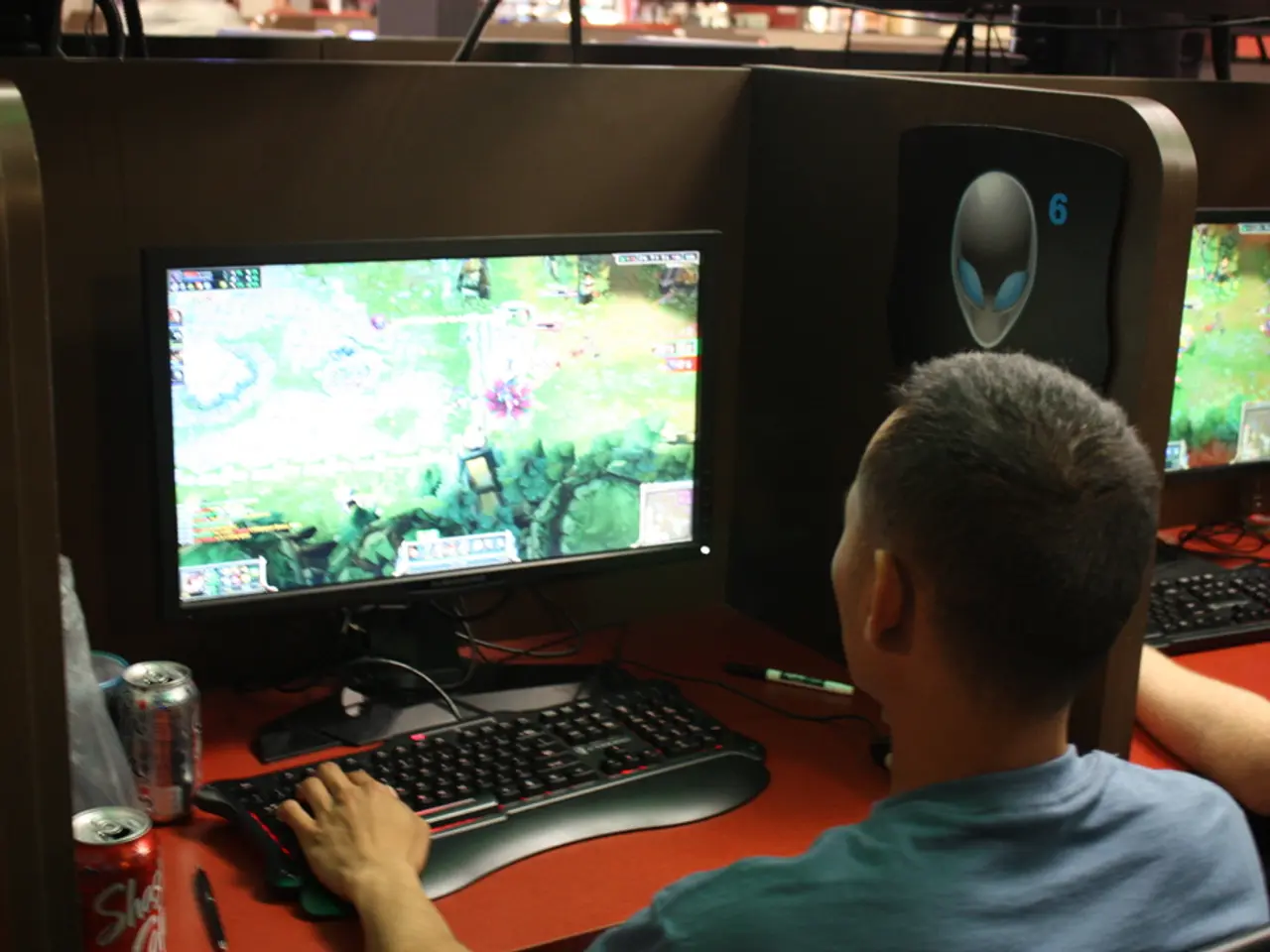Emerging Innovations: 22 Concepts poised to transform humanity's future
In the realm of science and technology, innovations are continually pushing the boundaries of what's possible. Here's a roundup of some of the latest breakthroughs that are set to shape our future.
Necrobotics: The Future of Precision Healthcare
Researchers at Rice University are exploring necrobotics, a groundbreaking technology that transforms dead biological organisms into functional robots. This technology, particularly in the use of spiders, could revolutionize surgical accuracy, drug delivery, medical imaging, and post-operative care. Woxsen University recently published a book detailing the potential of necrobotic spider-leg grippers, which could lead to a convergence of biology, engineering, and healthcare innovation [1]. Rice University researchers have also pioneered creating functional robots from dead wolf spiders [5].
While promising, necrobotics faces ethical discussions regarding the use of dead organisms and potential future issues if living creatures are similarly integrated or repurposed [3].
3D Bioprinted Retinal Tissue and Self-Healing Concrete
In the medical field, researchers at the National Eye Institute in the US have produced retinal tissue using stem cells and 3D bioprinting, paving the way for better understanding and developing treatments for vision-related diseases [2]. Meanwhile, engineers at the University of Colorado Boulder have developed self-healing 'living concrete' using sand, gel, and bacteria, offering a more environmentally friendly alternative to traditional concrete [4].
Energy Storage and Carbon Capture
Chemical engineers from Switzerland's École Polytechnique Fédérale de Lausanne have created a prototype device that can produce hydrogen fuel from the water found in air [6]. Scientists have also developed a method to convert red bricks into energy storage devices called supercapacitors, which could store a substantial amount of energy and be recharged hundreds of thousands of times within an hour [7].
Direct Air Capture (DAC) technology, which absorbs carbon dioxide at greater levels while taking up less land, has the potential to significantly reduce CO2 levels in the atmosphere if energy consumption can be reduced [8].
Space Exploration and Virtual Reality
SpinLaunch, a prototype system for getting satellites into space using kinetic energy instead of chemical fuel, is another exciting development [9]. NASA's X-59 supersonic aircraft is set to perform its first test flight later this year, aiming to prevent a loud sonic boom during supersonic flight [10].
In the realm of virtual reality, researchers at the City University of Hong Kong have invented a 'novel, wireless, skin-interfaced olfactory feedback system' for VR, allowing smells to be experienced [11]. They've also created a wireless soft e-skin that could allow long-distance hugging [12].
Internet Access and Personalized Medicine
Google is using helium balloons to beam the internet to inaccessible areas, while Hiber is launching a network of shoebox-sized microsatellites into low Earth orbit to deliver internet access [13]. Q Bio has developed a scanner that measures hundreds of biomarkers in an hour, intending to create a 3D digital avatar of a patient's body, known as a digital twin, for personalized and preventative medicine [14].
A robot arm controlled by a brain-computer interface has been developed by researchers at the Swiss Federal Institute of Technology Lausanne, allowing tetraplegic patients to interact with the world [15].
Artificial Intelligence and Poetry
Artificial intelligence programs are not only writing poems and generating images from worded prompts, but they're also making strides in natural language processing, capable of creating coherent and logical sentences. OpenAI's chatbot, ChatGPT, is an example of this technology [16].
These advancements demonstrate the rapid pace at which technology is evolving, offering exciting possibilities for the future of healthcare, energy, space exploration, and more.
- The use of necrobotics in healthcare could lead to increased surgical accuracy and improved drug delivery.
- Woxsen University has published a book detailing the potential of necrobotic spider-leg grippers.
- Rice University researchers have created functional robots from dead wolf spiders.
- Ethical discussions are underway regarding the use of dead organisms in necrobotics.
- Researchers at the National Eye Institute have produced retinal tissue using stem cells and 3D bioprinting.
- Engineers at the University of Colorado Boulder have created self-healing 'living concrete'.
- Chemical engineers from Switzerland's École Polytechnique Fédérale de Lausanne have created a prototype device that produces hydrogen fuel from water.
- Scientists have developed a method to convert red bricks into energy storage devices called supercapacitors.
- Direct Air Capture technology has the potential to significantly reduce CO2 levels in the atmosphere.
- SpinLaunch is a prototype system for getting satellites into space using kinetic energy.
- NASA's X-59 supersonic aircraft is set to perform its first test flight.
- Researchers at the City University of Hong Kong have invented a 'novel, wireless, skin-interfaced olfactory feedback system' for VR.
- Google is using helium balloons to beam the internet to inaccessible areas.
- Hiber is launching a network of shoebox-sized microsatellites into low Earth orbit to deliver internet access.
- Q Bio has developed a scanner that measures hundreds of biomarkers in an hour, intending to create digital twins for personalized and preventative medicine.
- A robot arm controlled by a brain-computer interface has been developed for tetraplegic patients to interact with the world.
- Artificial intelligence programs are generating poems and creating coherent and logical sentences.
- OpenAI's chatbot, ChatGPT, is an example of AI advancements in natural language processing.
- These AI advancements can have far-reaching implications for various industries such as healthcare, energy, and space exploration.
- The financial industry is also being affected by technology, with gadgets like personal-finance apps and investments in data-and-cloud-computing companies becoming increasingly popular.
- Technology is revolutionizing lifestyle, food-and-drink preferences, home-and-garden maintenance, and even the casino-and-gambling and entertainment industries, all while raising conversations around cybersecurity and privacy.




